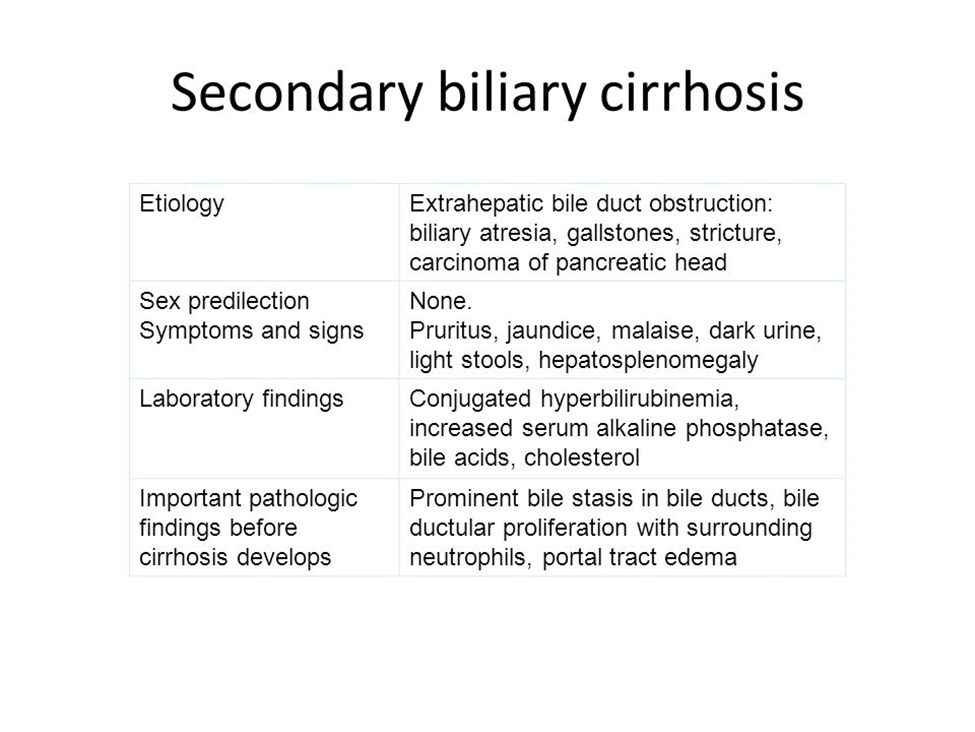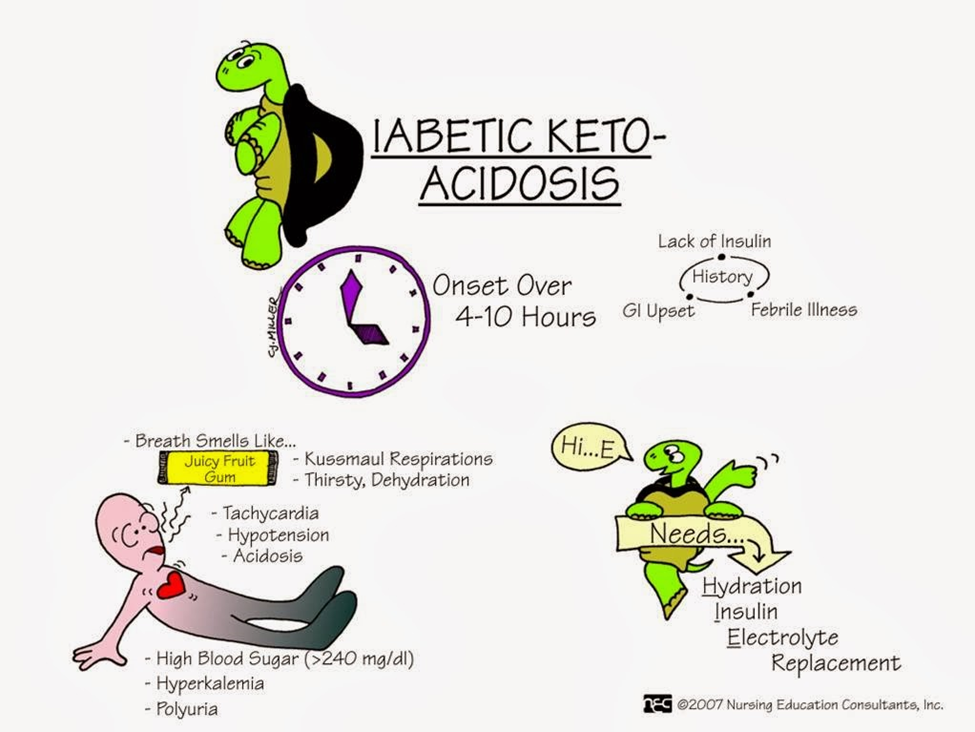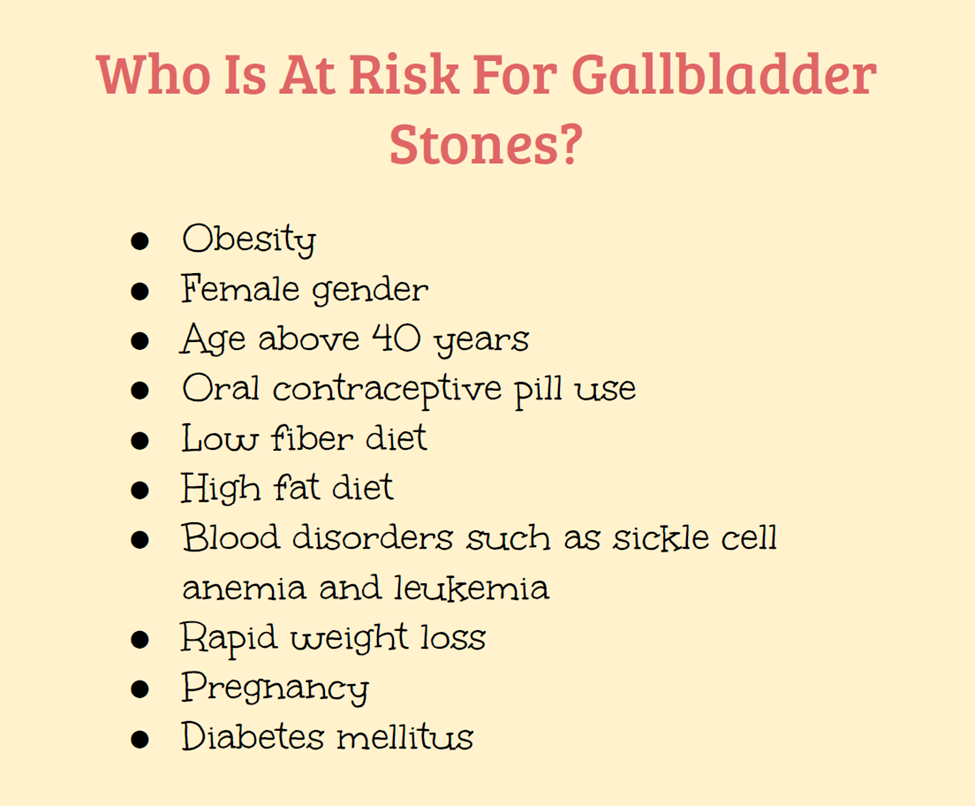A nurse is teaching a client about causes of billary cirrhosis. Which of the following information should the nurse include in the teaching?
Obstruction of the bile duct
Hepatotoxic medications
Hepatitis C
Excessive alcohol consumption
The Correct Answer is A
A. Obstruction of the bile duct:
Biliary cirrhosis can result from chronic obstruction of the bile ducts, leading to damage to the liver tissue. This obstruction can be due to various causes, such as gallstones or strictures.
B. Hepatotoxic medications:
While certain medications can contribute to liver damage, biliary cirrhosis specifically refers to conditions affecting the bile ducts. Hepatotoxic medications may contribute to cirrhosis but not necessarily biliary cirrhosis.
C. Hepatitis C:
Hepatitis C is a viral infection that primarily affects the liver. While chronic hepatitis C infection can lead to cirrhosis, it is not synonymous with biliary cirrhosis.
D. Excessive alcohol consumption:
Excessive alcohol consumption is a common cause of cirrhosis, but biliary cirrhosis specifically refers to cirrhosis resulting from chronic obstruction of the bile ducts.

Nursing Test Bank
Naxlex Comprehensive Predictor Exams
Related Questions
Correct Answer is B
Explanation
A. Blood glucose level below 40 mg/dL is not typical in diabetic ketoacidosis. DKA is characterized by hyperglycemia, and blood glucose levels are usually significantly elevated.
B. Acetone odor to breath is a classic sign of diabetic ketoacidosis. The presence of ketones, including acetone, can result in a fruity or sweet odor to the breath. This is often referred to as "ketone breath."
C. Malignant hypertension is not a typical manifestation of diabetic ketoacidosis. DKA is more commonly associated with dehydration, electrolyte imbalances, and metabolic acidosis.
D. Cheyne-Stokes breathing is not a characteristic respiratory pattern seen in diabetic ketoacidosis. Respiratory changes in DKA are more likely to involve rapid and deep breathing (Kussmaul respirations) as the body attempts to compensate for metabolic acidosis.

Correct Answer is A
Explanation
A. Avoid foods high in fat:
Dietary fat can trigger the gallbladder to release bile, and for individuals with chronic cholecystitis, high-fat meals can exacerbate symptoms such as biliary colic. Therefore, advising the client to avoid foods high in fat can help manage symptoms.
B. Include foods high in starch and proteins:
While protein-rich foods can be included in the diet, a high-fat content should be avoided. Starches can be a part of a balanced diet, but it's essential to focus on low-fat options.
C. Include foods high in fiber:
Including foods high in fiber is generally a good recommendation for digestive health. However, the emphasis here is on avoiding high-fat foods, and the recommendation for fiber should not overshadow the importance of minimizing dietary fat.
D. Avoid foods high in sodium:
Sodium restriction may be relevant for certain health conditions, but it is not the primary dietary consideration for managing chronic cholecystitis. The emphasis in this context is on reducing dietary fat.

Whether you are a student looking to ace your exams or a practicing nurse seeking to enhance your expertise , our nursing education contents will empower you with the confidence and competence to make a difference in the lives of patients and become a respected leader in the healthcare field.
Visit Naxlex, invest in your future and unlock endless possibilities with our unparalleled nursing education contents today
Report Wrong Answer on the Current Question
Do you disagree with the answer? If yes, what is your expected answer? Explain.
Kindly be descriptive with the issue you are facing.
